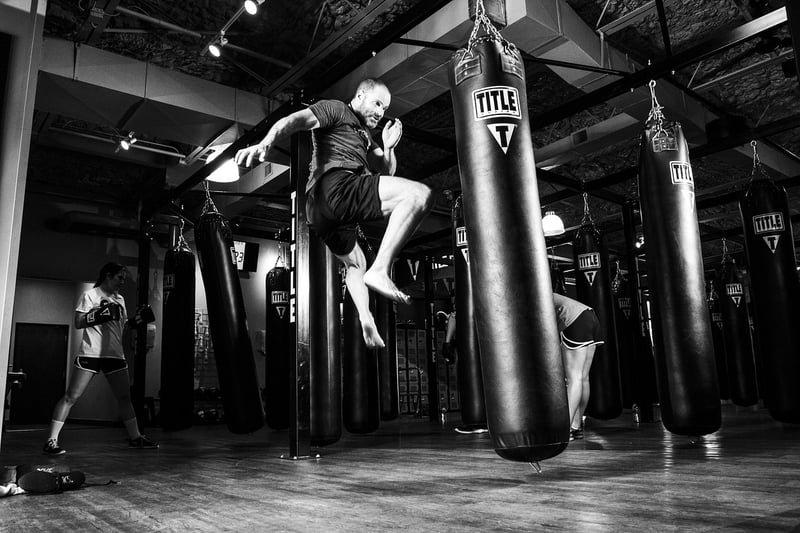Push Hands
The Art of Push Hands in Chinese Martial Arts
Chinese martial arts, also known as Kung Fu, are a traditional form of combat practices that have been refined and passed down through generations. One of the essential components of Chinese martial arts is push hands, a training method that focuses on developing sensitivity, balance, and the ability to redirect an opponent's force.
What is Push Hands?
Push hands, or Tui Shou in Chinese, is a two-person exercise that allows practitioners to understand the principles of balance, timing, and control in a controlled environment. It involves maintaining contact with an opponent while practicing various techniques such as sticking, yielding, redirecting, and neutralizing their force.
Benefits of Push Hands
- Improves sensitivity and awareness
- Enhances balance and coordination
- Develops the ability to listen and adapt to an opponent's movements
- Increases strength and flexibility
- Teaches the importance of relaxation and proper breathing
How to Practice Push Hands
Practicing push hands requires a training partner and a willingness to engage in a cooperative yet challenging exercise. Start by assuming a relaxed stance with your partner and establish contact through gentle touch. From there, focus on maintaining connection, listening to your partner's movements, and responding with appropriate techniques.
Push Hands in Different Martial Arts Styles
Push hands is a common practice in various Chinese martial arts styles, including Tai Chi, Baguazhang, and Xingyiquan. Each style may emphasize different aspects of push hands training, such as circular movements in Baguazhang or rooted stances in Xingyiquan.
Conclusion
Push hands is a valuable training method in Chinese martial arts that offers practitioners a unique opportunity to refine their skills, deepen their understanding of combat principles, and cultivate a harmonious relationship with their training partners. By incorporating push hands into your practice, you can enhance your martial arts journey and unlock new levels of proficiency.

